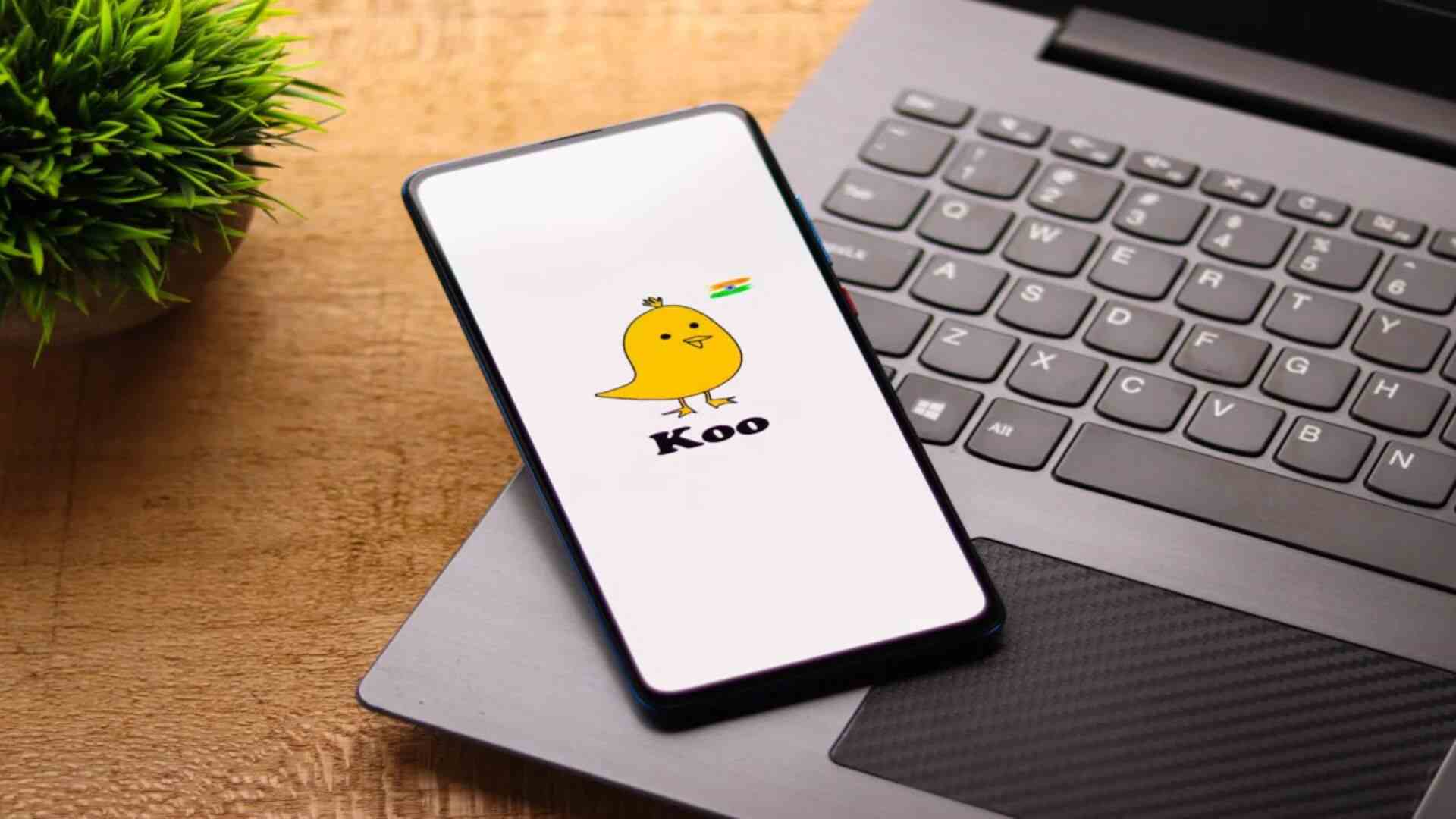Koo App Shuts Down: Reasons Behind the Indian Social Media Platform's Closure
Reasons for Shutdown
Reasons Behind the Koo App Shutdown
Building a successful social media platform requires significant financial backing. Koo, unfortunately, struggled to secure the necessary funding to compete in the long run. The "prolonged funding winter" and a cautious market sentiment limited their ability to raise capital, hindering their growth plans.
Partnership Problem:
Strategic partnerships can be a game-changer for social media startups. Koo actively explored collaborations with established players, but these talks ultimately fell through. Potential partners were wary of the complexities of managing user-generated content and the unpredictable nature of the social media landscape.
The Giant Gap:
The social media world is dominated by giants like Twitter and Facebook. Koo faced an uphill battle in attracting and retaining users who were already comfortable with these established platforms. Creating a unique user experience and fostering a strong community were crucial challenges Koo couldn't fully overcome.
The Cost Problem:
Running a social media platform involves substantial costs for maintaining technology infrastructure and ensuring smooth operations. Without a steady stream of revenue or a successful acquisition, these costs became unsustainable for Koo, forcing them to make the difficult decision to shut down.
The Rise and Fall of Koo
The Short but Sweet Story of Koo: From Indian Star to Social Media Shut Down
Koo, the Indian microblogging platform, had a whirlwind journey. Launched in 2021, it quickly gained attention as a homegrown alternative to big social media names. But just as quickly, news broke in July 2024 of its closure. Let's explore the rise and fall of Koo, understanding what brought it to the spotlight and the challenges that ultimately led to its demise.
A Star is Born:
Koo entered the scene at a time when tensions between the Indian government and some established social media platforms were high. Users flocked to Koo, attracted by its focus on Indian languages and the promise of a platform built with Indian sensibilities. Government officials and celebrities also joined the platform, giving it a significant initial boost.
The Struggle to Stay Relevant:
Despite the initial buzz, Koo faced several hurdles. Competing with social media giants with massive user bases and established features proved difficult. Koo struggled to attract and keep users engaged. It also faced challenges in securing funding to fuel growth and development. Talks of partnerships with larger companies fell short, leaving them without the resources needed to compete effectively.
The Fade Out:
Unable to overcome these obstacles, Koo announced its closure in July 2024. The news came as a disappointment to some who had hoped the platform would carve out a lasting space in the Indian social media landscape. However, it serves as a reminder of the fierce competition in the social media world and the challenges faced by new entrants.
The Legacy of Koo:
While Koo's time as a social media platform may be over, its story holds valuable lessons. It highlighted the potential of homegrown platforms to cater to specific user needs and languages. It also brought to light the difficulties of competing with established giants and the importance of securing funding and building strong partnerships. Whether Koo's assets are used to create a new social experience in the future remains to be seen, but its journey offers valuable insights for aspiring social media ventures.
The Indian Social Media Landscape
The Buzzing Hive: A Look at India's Social Media Landscape
India's social media scene is a vibrant and ever-evolving space. With hundreds of millions of users, it's become a platform for news, entertainment, and connection. Let's explore some key features of this dynamic landscape:
Homegrown Heroes: India is witnessing a rise in social media platforms developed within the country. Apps like ShareChat, Moj, and the recently closed Koo cater to specific regional languages and cultural preferences, attracting a large user base. These platforms offer a sense of familiarity and cater to the diverse needs of Indian audiences.
Global Giants Hold Ground: International social media giants like Facebook, Twitter, and Instagram remain major players in India. Their established user base, familiarity, and global reach continue to attract users. These platforms often adapt their features to cater to the Indian market, offering features in local languages and integrating local trends.
The Battle for Attention: With both domestic and international platforms vying for user attention, the competition is fierce. Platforms try to stand out by offering unique features, fostering strong communities around specific interests, and integrating features like live streaming and e-commerce.
A Mobile-First Market: India's mobile phone penetration is massive, and social media consumption primarily happens on smartphones. Platforms are optimized for mobile use, with features like lightweight apps, data-saving options, and short-form video content.
The Power of Content Creators: Social media influencers and content creators play a crucial role in shaping trends and engaging audiences. From comedy skits to educational videos, creators use their voices to entertain, inform, and build communities. Brands and businesses also leverage these creators to reach their target audience.
Regulation and Challenges: As social media use grows, so does the need for regulation. Issues like fake news, online harassment, and data privacy are constantly being addressed by the government and platforms themselves. Balancing free speech with responsible content creation remains a key challenge.
Looking Ahead: The future of India's social media landscape is bright. With a growing user base and continuous innovation, we can expect even more exciting platforms and features to emerge. The ability to cater to diverse needs, address regulatory concerns, and foster a safe and engaging environment will be key for success in this dynamic space.

